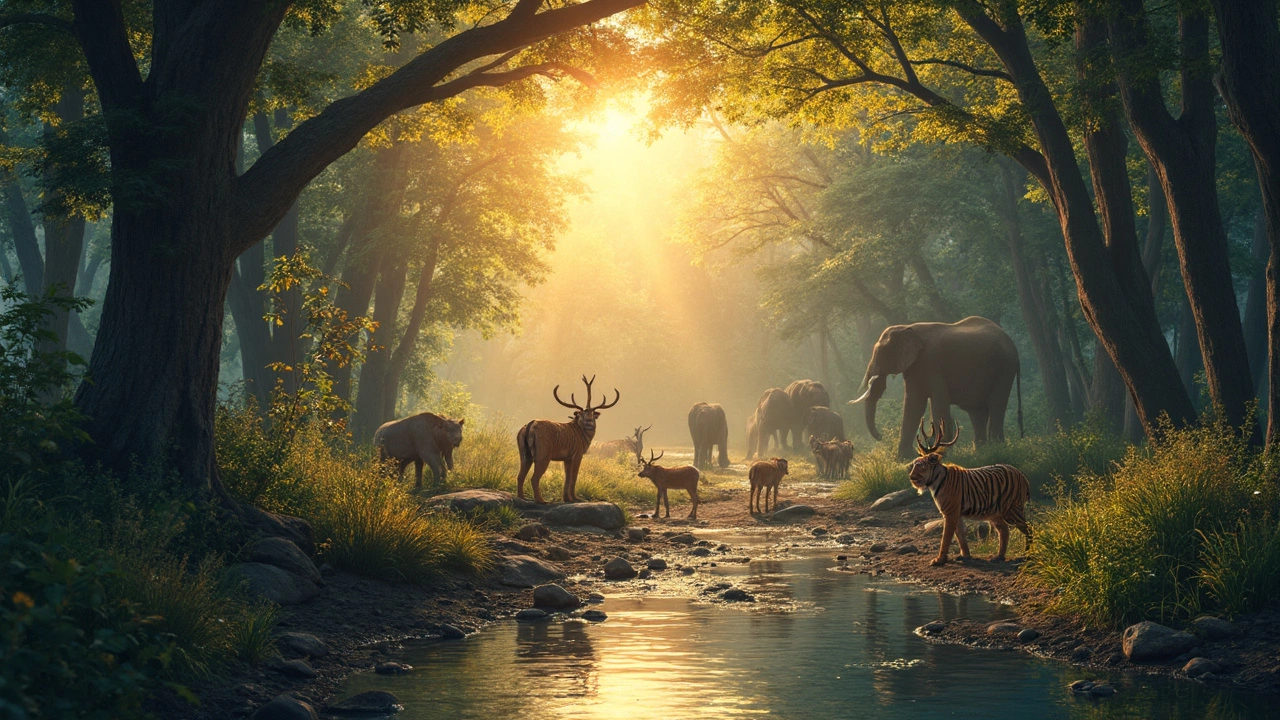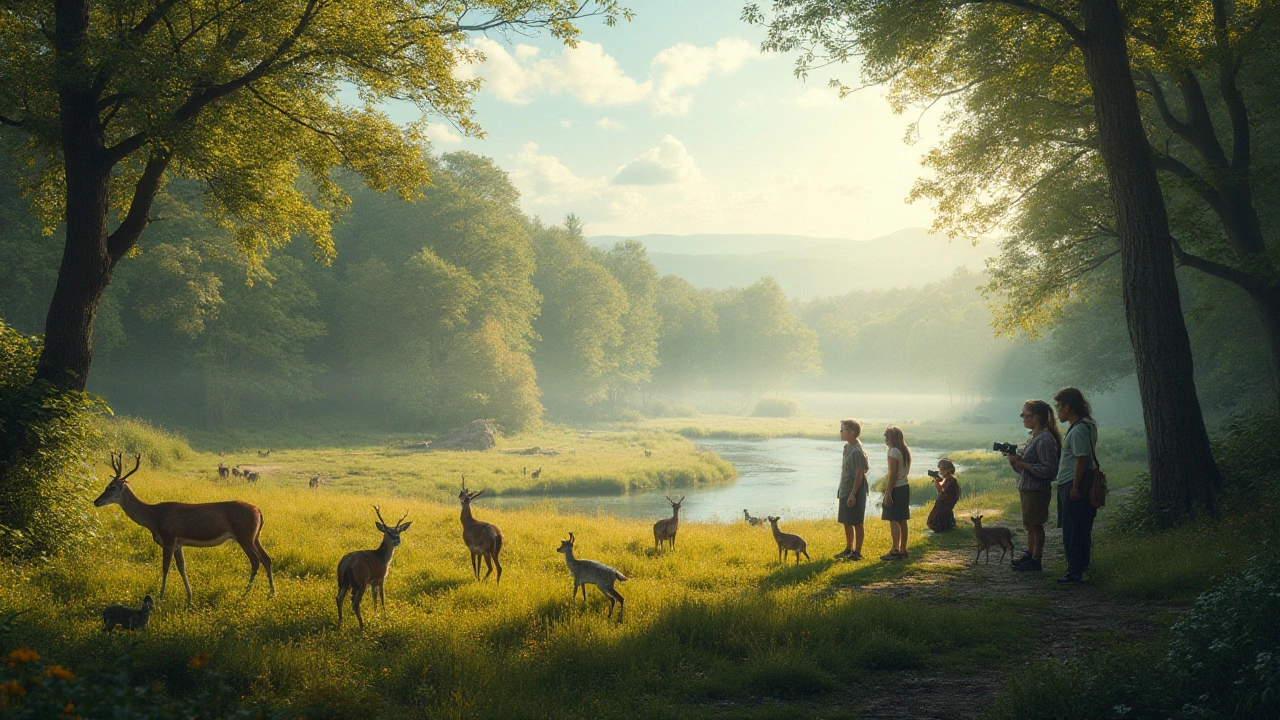Conservation in India: Protecting Wild Spaces and Why It Matters
When we talk about conservation, the practice of protecting natural resources and wildlife from harm or destruction. Also known as environmental protection, it’s not some distant policy—it’s the reason you can still hear monkeys in the jungles of Karnataka or spot a leopard near a campfire in Madhya Pradesh. Without active conservation, places like the Sundarbans, Jim Corbett, or the Western Ghats wouldn’t be open to visitors like you. They’d be gone—or turned into concrete and highways.
Conservation in India doesn’t happen in a vacuum. It’s tied directly to UNESCO World Heritage Sites, areas recognized globally for their cultural or natural significance. India has 43 of them, from the Taj Mahal to ancient stepwells and sacred forests. These aren’t just tourist spots—they’re legal protections. When you visit a site like Kaziranga or Khangchendzonga, you’re walking through land that’s legally shielded from mining, logging, and unchecked development. And it’s not just about big parks. Conservation also means protecting rivers like the Ganges, restoring wetlands, and keeping trails like the Great Himalayan Trail free from plastic and noise pollution. Local guides, who you might hire for a trek, often come from communities that have lived alongside wildlife for generations. Their knowledge isn’t just helpful—it’s essential to keeping ecosystems balanced.
Then there’s eco-friendly camping, a way to enjoy nature without damaging it. At Wild Retreats, we don’t just set up tents—we follow strict rules: no single-use plastics, waste is carried out, fires are controlled, and we avoid disturbing animals during feeding or mating times. This isn’t marketing. It’s survival. If every visitor left a bottle or lit a fire too close to a nest, these places would collapse under the weight of tourism. The same goes for sustainable tourism, travel that respects local cultures and environments while supporting them economically. When you book a jungle camp that pays local staff fairly, uses solar power, and sources food from nearby farms, you’re helping build a future where nature thrives—and so do the people who live near it.
You don’t need to be an activist to make a difference. Just choosing a camp that follows conservation rules, asking your guide about local wildlife protection efforts, or skipping that plastic water bottle—those small choices add up. The posts below show you how conservation connects to everything you care about: safe trekking, respectful temple visits, food safety, even which cities are best to explore. Because when you protect the wild, you protect the experience.

